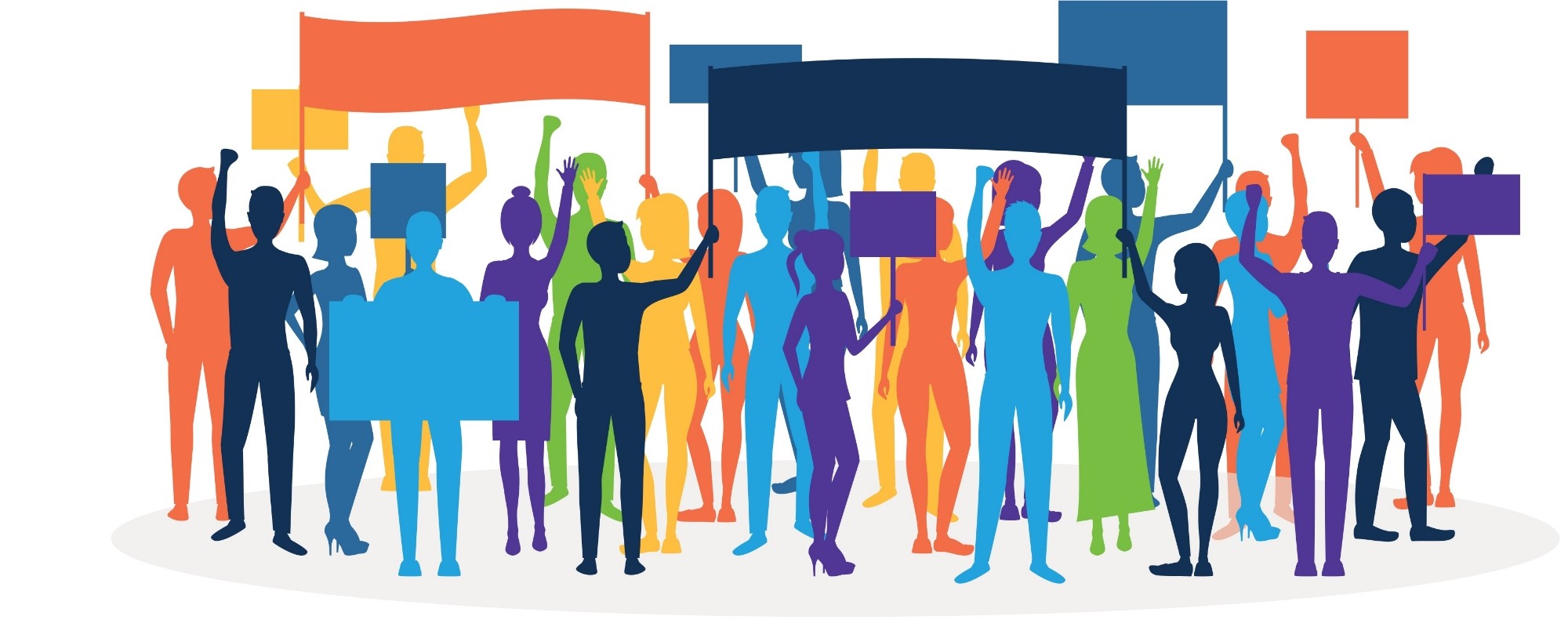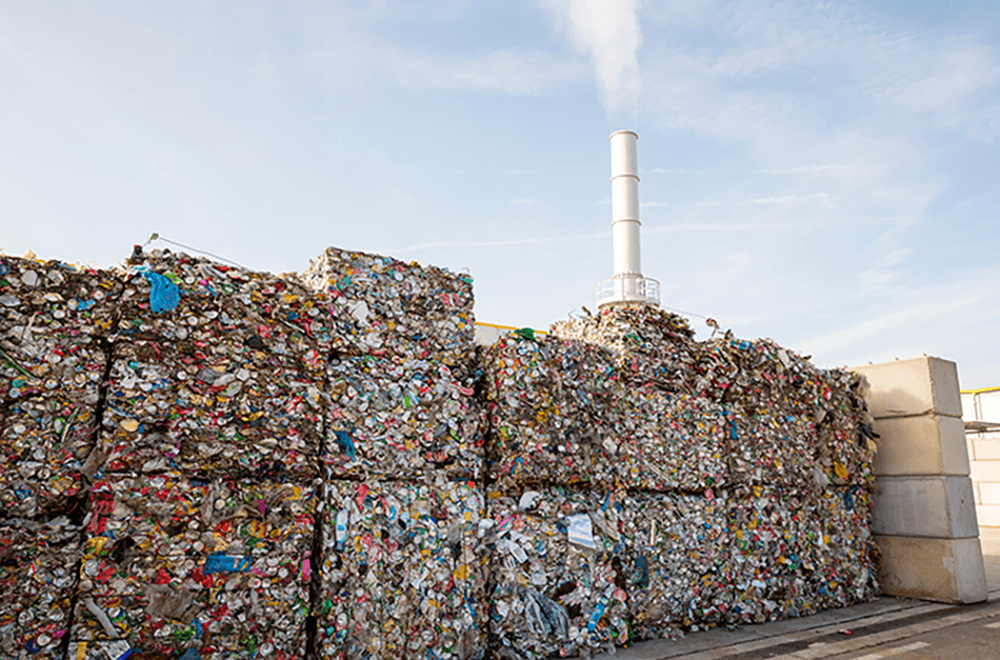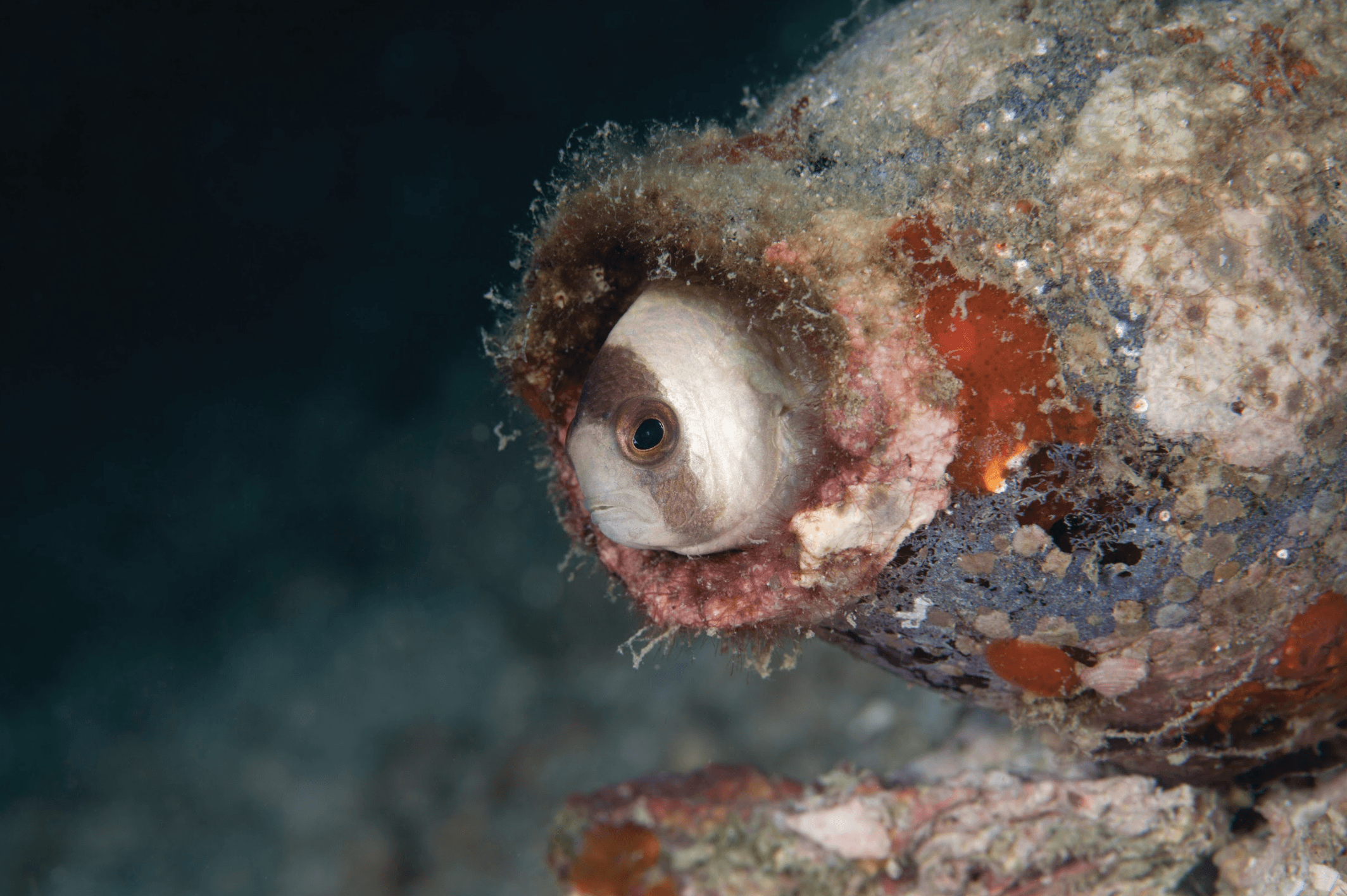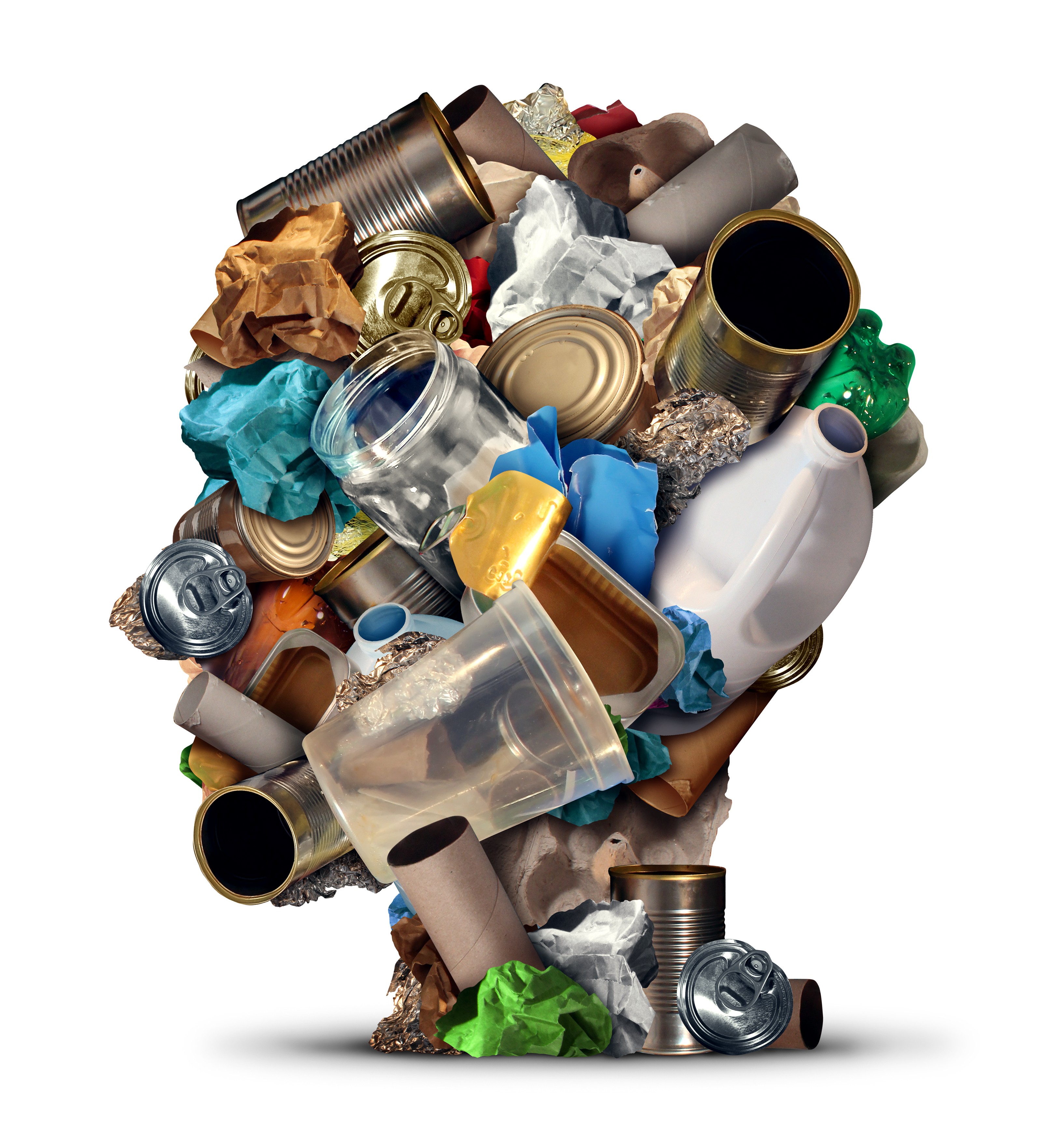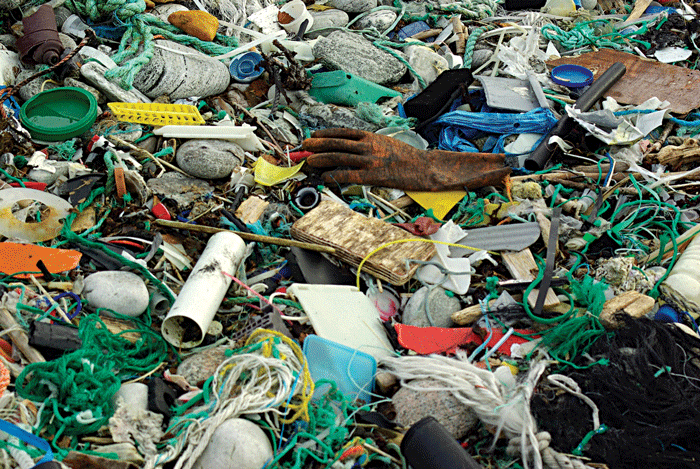Packaging in the consumer product landscape might seem like gloss and glitter, but it serves an essential function: it presents the product to the consumer and safeguards it from harm. However, packaging is often quickly discarded and raises concerns regarding sustainability. Because of this, in the quest for more sustainable packaging solutions, the principles of circular economy are gaining prominence.
Continue readingRepurposing the economy
Dr Jonathan Spiteri spent the last three years talking to businesses from across Europe about the circular economy. He found that better policy would help them embrace the idea of less wasteful production.
Continue readingLights, camera, activism
Author: Raisa Galea
In 2019, hardly anyone personifies activism more conspicuously than Greta Thunberg. Since August 2018, the teenager’s solitary calls for climate action have inspired millions of people to follow her example and take to the streets. The resulting wave of climate strikes is every activist’s dream come true: inspiring a mass movement to support a cause, passing on the flame of resistance, stirring the power of a democratic collective. What can we learn from this phenomenon?
Continue readingWaste’s carbon footprint
When people think about the impact waste has on our environment, they usually think about toxic materials in landfills, the land they take up, and the animals harmed by irresponsible waste disposal. But there is more. Our garbage also contributes to greenhouse gases (GHG) in the atmosphere.
Continue readingSpotting marine litter
Marine litter is a problem found across the world. As well as being directly deposited in seas and oceans, plastic, wood, rope, and other items are accumulating on land and making their way into bodies of water. On the Maltese Islands, such littering happens frequently. Last summer the Physical Oceanography Research Group (Faculty of Science, University of Malta [UM]) took a step towards tackling the issue.
Under the supervision of Prof. Alan Deidun and Adam Gauci, I sought to harness innovative techniques and create a monitoring programme that would begin to identify what kind of litter is on Malta and Gozo’s beaches.
The national Marine Strategy Framework Directive was followed to ensure good data collection and meeting of the ‘Good Environmental Status’ by 2020. The study used images captured by a drone in three coastline areas: the north east Marine Protected Area of Malta, Qawra Point, and the eastern and western points of Baħar Iċ-Ċagħaq. Flying at an altitude of 30 meters, the drone was programmed to spot specific categories of marine and coastal litter. These included plastic, wood, rope, rubber, and other miscellaneous items such as washing machines and mattresses.
Apart from characterising marine litter, the project aimed to observe whether hydrodynamical phenomena, such as wind and currents, are also influencing the accumulation of litter. However, results showed that the difference between the areas of study was not due to dynamics of coastal currents and coastal topography, but to human activities. In Baħar iċ-Ċagħaq, for example, categories such as wood and plastic were found on land at considerable distances from the shoreline, close to points easily accessible by cars.
We also used statistical analyses to confirm that parameters such as tourism, lack of public knowledge, and lack of environmental consciousness are affecting the accumulation of marine litter, laying the blame firmly on human activities.
The remedy to the situation is in Maltese citizens’ hands. Only we have the power to turn things around. It’s time to clean up our act.
This research was carried out as part of a Masters in Physical Oceanography, Faculty of Science, UM.



